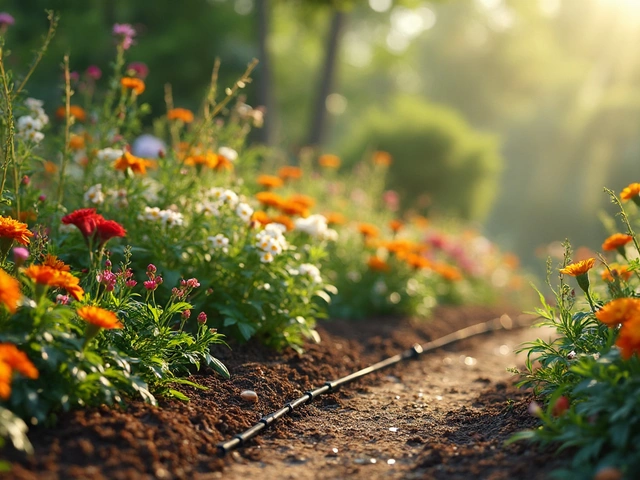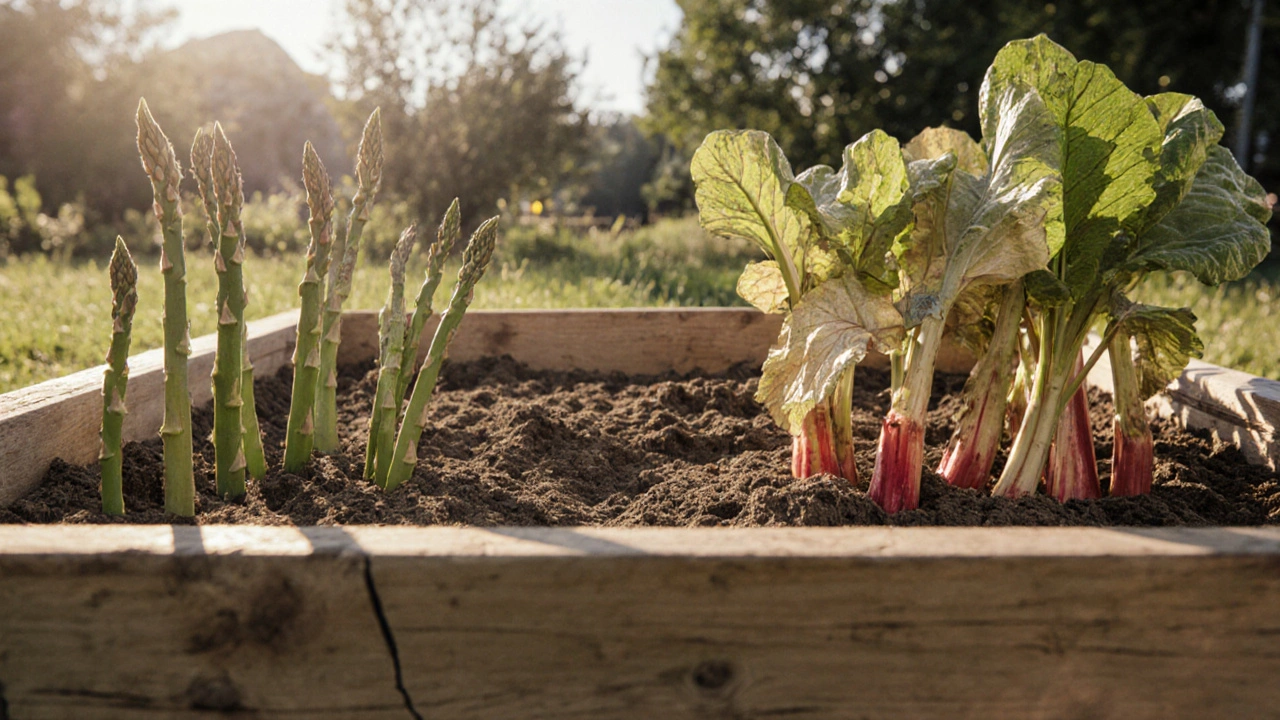Raised Bed Gardening Made Easy for Indian Gardens
If you want a tidy, productive garden without endless weed battles, raised beds are a game‑changer. They let you control soil quality, improve drainage, and keep pests at bay – all while looking neat in any yard or balcony. Below you’ll find straight‑forward steps to get a raised bed up and running, plus some planting ideas that thrive in India’s varied climates.
Why Choose Raised Beds?
First off, raised beds give you better soil structure. You can fill them with a custom mix of compost, sand and organic matter, which means plants get nutrients faster. In hot Indian summers, the extra height keeps soil cooler and reduces water evaporation, so you water less often. They also make gardening easier on the back – no more crouching on hard ground.
Another perk is weed control. When you line the bottom with cardboard or weed barrier and top it with fresh soil, you block most weeds before they even sprout. This is especially handy in monsoon‑prone regions where weed growth can explode.
Building Your First Raised Bed
Gather sturdy, rot‑resistant material – untreated wood, recycled brick or concrete blocks work well. A common size is 1 m wide by 2–3 m long; this width lets you reach the center without stepping on the soil. Stack the sides to a height of 30–45 cm – deeper if you plan big veggies like tomatoes.
Before filling, level the ground and lay a weed barrier. Then mix three parts garden topsoil, one part compost, and one part coarse sand. This blend drains well and holds enough moisture for most Indian crops. Pack the mix lightly, water it, and let it settle for a day.Now comes planting. For a sunny spot, try a mix of leafy greens (spinach, fenugreek), root veggies (radish, carrots) and a few herbs (coriander, mint). In shady corners, leafy greens and herbs still do fine. If you have space, add a small trellis for climbing beans or cucumbers – they love the warm, well‑drained soil of a raised bed.
Watering is simple: use a drip emitter or a soaker hose placed at the base. This delivers water directly to the roots and avoids wetting leaves, which reduces fungal problems in humid months.
Maintenance is low. Add a thin layer of compost each season, and rotate crops to keep soil nutrients balanced. If you notice pests, try companion planting – marigold beside tomatoes can deter nematodes, for example.
With these basics, raised bed gardening becomes a low‑effort way to grow fresh food, even in small Indian backyards or rooftop spaces. Give it a try and watch your garden transform in just a few weeks.
Plants That Struggle in Raised Beds - What to Avoid
Discover which plants struggle in raised beds, why they fail, and practical tips to adapt or avoid them for a thriving garden.
Should You Use Landscape Fabric Under Raised Beds?
Deciding whether to use landscape fabric under your raised beds can be a game-changer for your kitchen garden. While it can suppress weeds, its drawbacks include potential impact on soil health. We'll cover the pros and cons, alternative options, and tips for enhancing your gardening experience. Understanding these factors will help you create the most productive and sustainable garden possible.
About
Vegetable Gardening, Kitchen Gardening
Latest Posts


Drip Irrigation Under Mulch: Is It Worth It?
By Alden Thorne Apr 4, 2025

Best Plants for Rooftop Gardens: Make the Most of Your Terrace Space
By Alden Thorne Jun 8, 2025

Should You Add Sand to Garden Soil?
By Alden Thorne Apr 2, 2025


